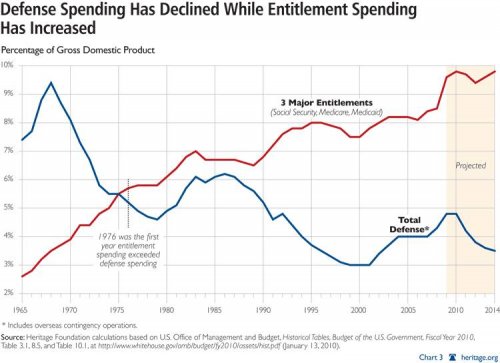The House, Senate, and Navy have all indicated well ahead of November that they expected a flat 2019, and the President's 2019 budget request (submitted ahead of the election)
is a flatline.
marauder2048 said:
I thought the whole point of the National Sea-Based Deterrence Fund was so that SSBN construction
didn't come out of the Navy's overall shipbuilding budget.
The fund exists under 10 USC 2218a, and the Navy is using it to pay for the new boomers. However, the Legislature has never given the fund a budget, in fact the HASC has tried to kill it entirely more than once during the past 3 years. As a result, te Pentagon has had to fill it by taking money out somewhere in their budget, and thus far have only taken from the shipbuilding account.
The fund's authority gives the Navy a bit more security with the SSBN money (once the money is in there its not easily taken out) and makes block buys easier, so they'll continue using it as long as they can. But the Pentagon leadership won't take money from the other services to fill it, and the Congress won't create a dedicated funding stream, so keeping COLUMBIA class on track means cannibalizing other Navy priorities and so far it's been shipbuilding.
The Republican Party has dominated 3 branches of government, 2 of which have direct hand in where the money goes, and the tools to secure a funding stream for the boomers without kneecapping other shipbuilding programs have been there the whole time. Moreover, a number of Democrats represent shipbuilding states or districts and have pleaded, often hand-in-hand with Republicans with shipbuilding constituencies, with the Committee chairs and Leaderships for the fund to get its budget.

